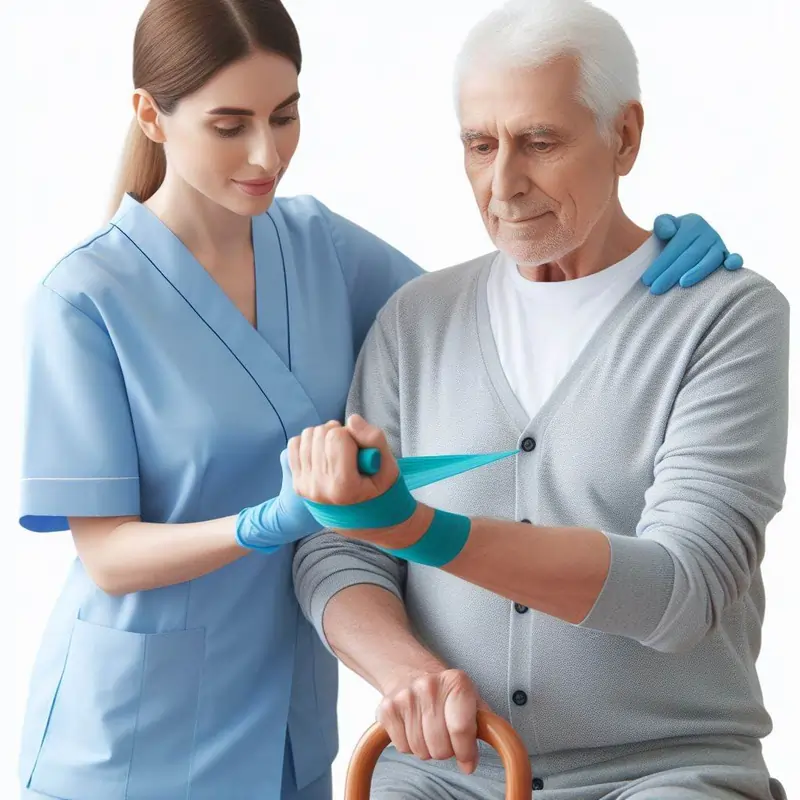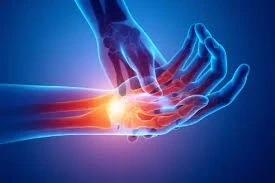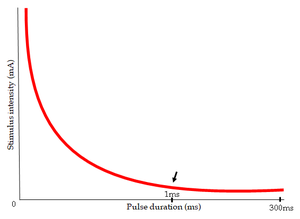Becoming a Physical Therapist Assistant
Under the guidance and supervision of a registered physical therapist, licensed physical therapist assistants are trained and certified healthcare professionals. Assistants to physical therapists carry out aspects of patient care, gather information on the treatments given, and work with the physical therapist to adjust the plan of care as needed. Physical therapists and their aides collaborate to help patients achieve better mobility function.
A PT-qualified physical therapist oversees and directs the care provided by licensed physical therapist assistants, who are trained and certified healthcare professionals.
Why work as an assistant to a physical therapist?
The job of a physical therapy assistant has several positive aspects. It is regarded as one of the best healthcare support jobs by U.S. News & World Report.
This recognition was achieved by taking into account aspects of job satisfaction including stress level and work-life balance in addition to career considerations like median yearly wage, unemployment rate, and future growth.
What are Physical Therapist Assistants Do?
Assisting physical therapists with patients of all ages, from infants to those nearing the end of their lives, are physical therapist assistants. Numerous patients require medical attention for wounds, impairments, or other ailments.
A physical therapist will assess the patient and create a plan of care to enhance mobility, lessen or control pain, regain function, and avoid impairment. The patient will collaborate with the physical therapist assistant to carry out the treatment plan, gather information, and give input to the physical therapist.
A physical therapist assistant’s impact on a person’s life can be significant. They support people in leading active lives, achieving their movement goals, and regaining or maintaining their independence.
Utilizing Movement and Exercise
Assistants to physical therapists usually find their work enjoyable. And that’s understandable given that their work mostly involves offering patients with holistic care by utilizing movement, exercise, and a deep understanding of the human body to assist patients increase mobility and reducing pain.
However, there are two important economic aspects that make physical therapist assistant positions appealing in addition to the helping nature of the profession.
Locations of Physical Therapist Assistant Work
Approximately 72% of assistants to physical therapists are hired by hospitals or privately run outpatient practices. Others are hired by long-term care or skilled nursing homes, schools, or home health agencies.
What opportunities do assistants to physical therapists have for the job?
Physical therapist assistants are probably not the first people that come to mind when thinking of healthcare professionals. However, the truth is that they are essential to the healthcare system. The field is growing quickly, which is indicative of this.
As per the U.S. Bureau of Labor Statistics, PTAs are expected to increase at one of the quickest rates in the next ten years, making the job outlook promising.
The Salary of Physical Therapist Assistants
An assistant to a physical therapist makes, on average, $62,770. Position, years of experience, level of education, location, and practicing environment all affect salary.
Jobs for physical therapy assistants are expected to grow.
Jobs as assistants to physical therapists are expected to grow by 24% by 2031, four times faster than the average for all occupations reported by the Bureau of Labor Statistics.1.
The aging baby boomer group is driving up demand for numerous healthcare positions as retirements and age-related health conditions increase.
To keep physical therapy services more affordable, physical therapists are also required to depend more on PTAs.
Let’s examine the work responsibilities and career path of PTAs in more detail now that you are aware of their potential for advancement and income.
Education and Certification for Physical Therapist Assistants
In order to become a physical therapist assistant in the US, you must complete an education program approved by the Commission on Accreditation in Physical Therapy Education, pass a national exam given by the state, and obtain the license or certification that is needed in the majority of states.
A PTA program lasts for two years on average, or five semesters. Anatomy, physiology, exercise physiology, biomechanics, kinesiology, neuroscience, clinical pathology, behavioral sciences, communication, and ethics/values are possible examples of the curriculum’s primary content areas.
The didactic and laboratory components of the PTA curriculum make up around 75% of the program, with the remaining 25% being devoted to clinical education. PTA students participate in full-time clinical education experiences for an average of sixteen weeks.
Selecting the Appropriate Course of Study
PTA education programs are not ranked by APTA. The CAPTE accreditation of programs guarantees the quality of instruction for physical therapist assistants. Among the things to consider when selecting your program are:
Cost and options for financial assistance.
A large number of PTA graduates have student loans. Make sure you are prepared and mindful of your finances. Programs vary in cost and provide varying student experiences. Scholarships and awards are given by APTA to qualified PTA students.
Demographics and setting
You will need to commit time and money to pursuing PTA education. Make sure the program you choose makes you feel comfortable and at home.
To find out more about the program’s advantages and disadvantages, you could want to speak with current students, recent alumni, or employers who hire program grads.
Admissions
Associate degree programs in physical therapy assistant education are available for entry-level positions.
In an effort to streamline the application process for physical therapist assistant programs, APTA introduced the Physical Therapist Assistant Centralized Application Service (PTACAS) in 2020. Applicants can use this tool to submit a single application to be considered for several PTA programs. Currently, not all PTA programs accept the PTACAS application.
After Graduation
Through the APTA’s PTA Advanced Proficiency Pathways program, assistants to physical therapists can enhance their knowledge and abilities. Acute care, geriatrics, neurology, cancer, orthopedics, pediatrics, and wound treatment are among the content areas.
A clinical mentor with self-designated expertise in the subject matter provides direction to participants. PTAs are not obliged to take part in the program in order to function in a particular area; it is entirely voluntary.
The value of effective communication for assistants to physical therapists
Strong communication skills enable the majority of assistants to physical therapists to efficiently share information with both patients and physical therapists. It will be your responsibility as a PTA to pay close attention to the directives given by the physical therapist and to communicate them to the patient.
Additionally, you must be able to monitor the patient’s development, evaluate it, and let the physical therapist know about any issues. A more positive patient experience and improved patient results can be achieved by you, the physical therapist, and the patient through the development of trust through effective communication.
Specializations of Physical therapist assistant
You can choose to focus on a specific area of physical therapy as an assistant to a physical therapist. Orthopedics, pediatrics, geriatrics, sports medicine, and neurology are a few of the most desired specialties.
PTAs can concentrate on particular patient populations or condition types thanks to these specialized regions, resulting in more focused and efficient therapy. A specialty can also result in more work chances and possibly more pay because employers will value your expertise in that particular subject more and more.
The importance of continuous education for physical therapy assistant
For physical therapy assistants to stay up to date on the most recent findings, methods, and industry best practices, continuing education is crucial. To keep their licenses, PTAs are required by several states to complete a specific amount of hours of continuing education.
Continuing education shows your devotion to your work and your desire to give your patients the finest care possible, even if it is not required. Opportunities for career advancement and greater job satisfaction may result from this.
PTAs are required to complete specific laboratory courses in order to acquire basic life support, human anatomy, and terminology associated with medicine in addition to receiving formal education at an accredited PTA program.
Working conditions for physical therapist assistant
Hospitals, outpatient clinics, retirement communities, home health organizations, and educational institutions are just a few of the places where physical therapy assistants work. Every workplace has its own advantages and problems, and as your career develops, your tastes could shift. Being flexible and receptive to new experiences is crucial for PTAs because it can open doors to a variety of career paths and chances for professional development.
Technology’s place in physical therapy
Technology is being incorporated into physical therapy more and more as it develops. In order to give their patients the greatest care and treatment programs possible, assistants to physical therapists need to stay up to date on these advancements.
This may involve employing telemedicine services, using software for invoicing and documentation, or making use of cutting-edge therapeutic tools and treatment modalities like wearables and virtual reality. Adopting technology can raise the standard of care overall, simplify procedures, and improve patient outcomes.
Establishing a network of support within the physical therapy profession
For physical therapy assistants to make relationships, learn new things, and progress in their professions, networking is essential. Establishing connections with colleagues, coaches, and possible employers can be facilitated by becoming a member of professional organizations, going to conferences, and taking part in regional physical therapy events.
Building a solid network early in your career as a physical therapist assistant will help you access important resources including professional guidance, employment possibilities, and support.
The significance of cultural competence for physical therapist assistants
In order to provide successful care to a variety of patient populations, physical therapy assistants must possess cultural competency. Gaining cultural competency involves being aware of and considerate of your patients’ cultural backgrounds, values, and beliefs.
This comprehension enables you to establish more comfortable and inclusive therapy environments, improve patient communication, and build confidence. You may improve the quality of care you give and develop these vital abilities by actively connecting with people from diverse backgrounds and taking part in cultural competency training.
The practice of ethics in physical therapy
Throughout your job as a physical therapist assistant, you will encounter ethical dilemmas and choices. It is critical to understand and follow the professional standards and ethical guidelines established by associations like the American Physical Therapy Association (APTA). Behavioral science-related workshops or seminars are advantageous.
These values include fairness, beneficence, non-maleficence, and respect for the autonomy of the patient. You will protect your patient’s health and safety, cultivate a fruitful therapeutic alliance, and preserve the honor of the medical community by upholding a solid ethical foundation.
As a physical therapist assistant, promoting health and wellness
Physical therapist assistants are essential in promoting general health and fitness in addition to assisting patients in recovering from injuries and regaining mobility. Patients can prevent problems down the road and preserve their long-term health by learning about healthy lifestyle choices, good body mechanics, and injury prevention.
Keeping informed of the most recent research on health and wellness will help PTAs give patients important and accurate information, enabling them to take control of their health and make wise decisions. You can improve your patient’s general health and quality of life by encouraging a holistic approach to patient care.
Begin working as a physical therapist assistant.
Is this job guide’s explanation of how to become a physical therapist assistant the path you’ve been looking for?
Do you want to continue your studies after receiving your high school diploma?
Are you prepared to change the healthcare industry?
If so, you’re prepared to look into the greatest training available to you. The role of physical therapists in society is crucial.







